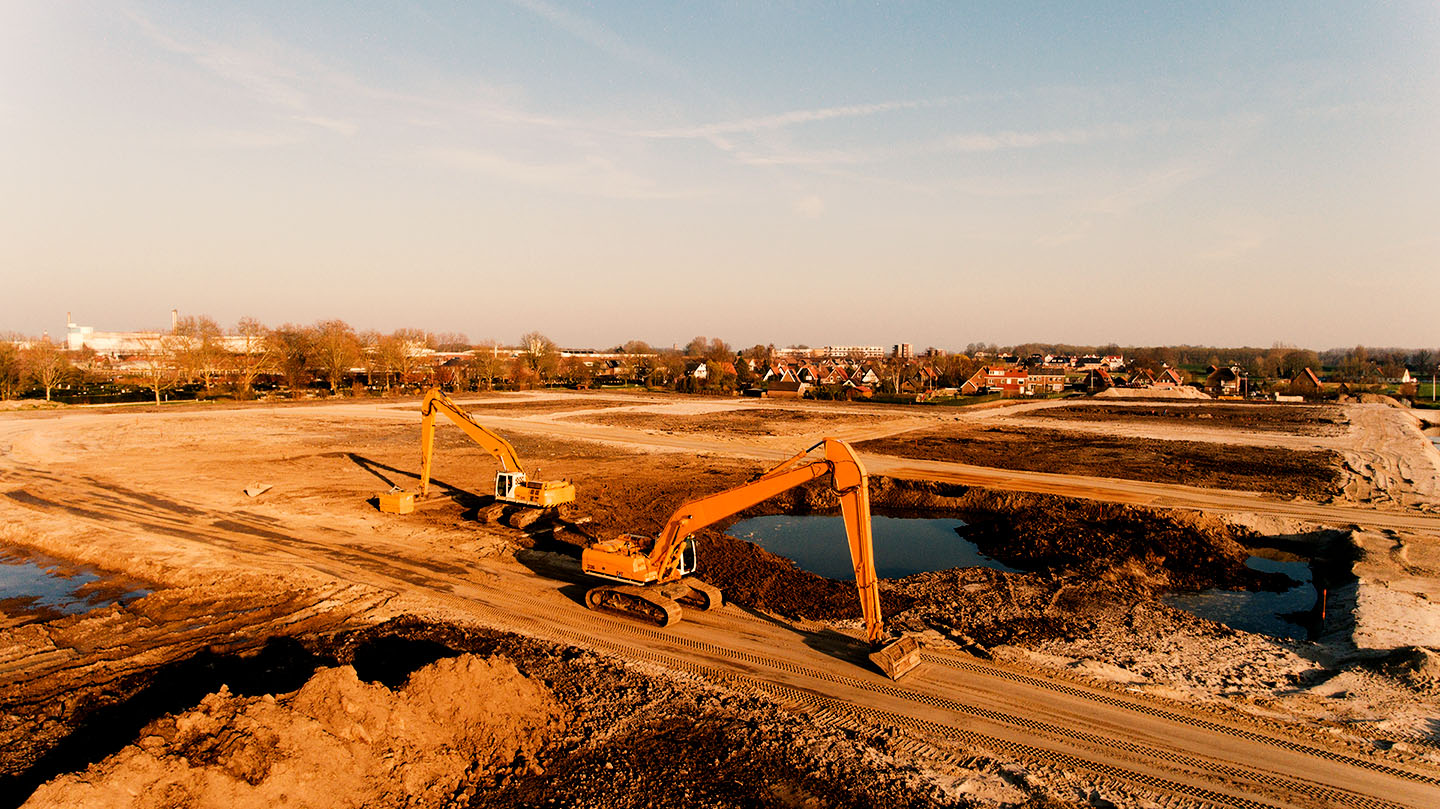
Regulations on Land Clearing According to Indonesia’s Spatial Planning
EnvidataID, Semarang – Land clearing in Indonesia must comply with various regulations aimed at preserving the environment and ensuring that land use is in accordance with established spatial plans. If these regulations are not complied with, negative impacts on the environment and society can occur, as seen in the case of forest and land fires in Kalimantan and Sumatra. For example, in recent years, many companies and individuals have cleared land by burning, even though this practice has been prohibited by Law Number 32 of 2009 concerning Environmental Protection and Management. As a result, haze has filled Indonesia and neighboring countries such as Malaysia and Singapore, causing health problems for millions of people and disrupting economic activities and air transportation. In addition, land clearing that does not follow spatial plans often causes ecological disasters, such as floods and landslides, due to the loss of natural vegetation that functions to absorb air and hold soil.
Therefore, compliance with land clearing regulations is not only an administrative obligation, but also an important step in preventing environmental damage that has a wide impact on human life and ecosystems. To avoid these negative impacts, various regulations have been implemented to ensure that every land clearing is carried out legally and sustainably. The following is a summary of the rules related to land clearing in licensed areas based on government regulations and published literature sources:
Rules in Indonesia
- Location and Spatial Planning Permits. Before carrying out land clearing, business actors are required to obtain a Location Permit as regulated in the Regulation of the Minister of Agrarian Affairs and Spatial Planning/Head of the National Land Agency Number 17 of 2019. This permit ensures that the location of the land to be cleared is in accordance with the applicable Regional Spatial Planning Plan (RTRW). The RTRW serves as a guideline in the utilization of space to avoid land use conflicts and environmental damage (Source: peraturan.bpk.go.id).
- Land Burning Prohibition. Law Number 32 of 2009 concerning Environmental Protection and Management expressly prohibits land clearing by burning. Article 69 paragraph (1) letter h states that everyone is prohibited from clearing land by burning. Although there are exceptions for indigenous peoples with a maximum area of 2 hectares per head of family and implementing a firebreak system, this practice still carries a high risk of environmental damage and the spread of fire (Source: ppid.menlhk.go.id).
- Sanctions for Violations. Violations of land clearing provisions can be subject to criminal sanctions. Research shows that land clearing by burning that causes environmental damage can be subject to criminal sanctions in accordance with applicable laws and regulations (Source: review-unes.com).
- Implementation of No-Burning Land Clearing Policy. The government has implemented a no-burning land clearing policy to prevent environmental damage. For example, in Ogan Ilir Regency, South Sumatra Province, this policy is implemented to reduce the risk of forest and land fires (Source: pesirah.ejournal.unsri.ac.id).
- Land Technical Considerations. Regulation of the Minister of Agrarian Affairs and Spatial Planning/Head of the National Land Agency Number 27 of 2019 regulates land technical considerations in issuing location permits. This regulation ensures that land clearing is carried out in accordance with applicable provisions and does not conflict with spatial plans (Source: regulation.bpk.go.id).
By complying with these regulations, it is hoped that land clearing in Indonesia can be carried out sustainably and responsibly, so that the balance between development and environmental sustainability can be maintained. It is important for business actors to comply with all of these requirements before carrying out land clearing, to ensure that the activities carried out are in accordance with regulations and do not damage the environment.
Source: envidata.id | bpk.go.id | unsri.ac.id | review-unes.com | ppid.menlhk.go.id

